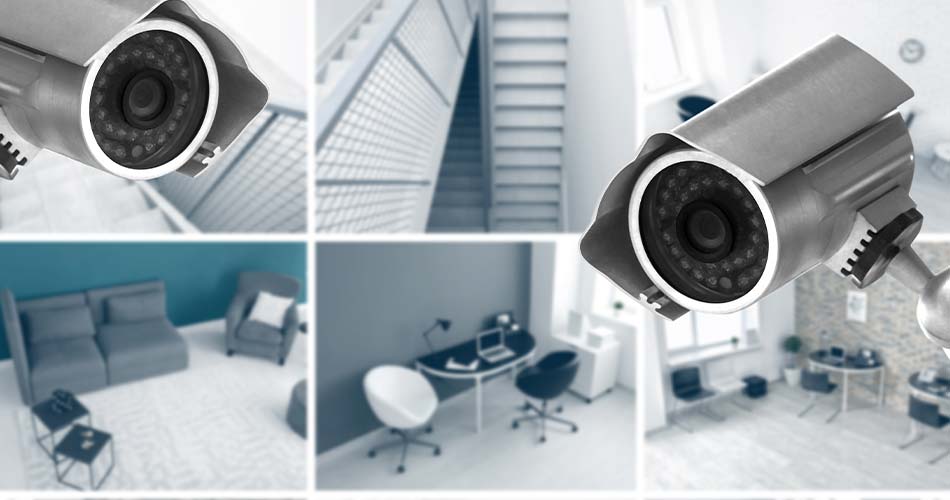By William Deutsch
Security cameras are used for two basic purposes: investigation and deterrence. The images that you collect with your security cameras will most often be used to review a crime or accident so that you can understand what really happened. But the cameras themselves also have a deterrent value since people who know they are being watched are usually on their best behavior.
In order to realize maximum investigative and deterrent value from your cameras, you need to carefully choose where you place them.
Here are the 4 best locations to install your security cameras.
Entrances and Exits
Entrance and exit doors present your best chance of viewing and recording facial images that can be used for identification purposes. In order to capture a useful ID image, your security camera should be set to view an area of about three feet wide; that’s the width of the average door.
Be extremely careful when pointing your camera towards exterior doors. As the door opens, a sudden change in light will often cause your subject to go black. Instead of the facial image you are trying to capture, you’ll see nothing but a dark outline. In many cases, you will have an easier time viewing an exit. The lighting will be more even since the security camera will be facing away from outside light.
Placing a television or monitor near an entrance can also help you capture quality facial images. As customers or visitors walk in, their eyes will be naturally drawn to the monitor.
If you have positioned your security camera near that monitor, you can capture a clear, full-on facial image. As an added bonus, if the monitor is displaying your surveillance images, it will also have a strong deterrent effect.
Customer Transaction Points
Security cameras should also be placed at any point of customer transaction.
This includes cash registers, teller stations and kiosks. Next to entrances and exits, these areas afford your best chance of capturing investigative images. Try to keep these cameras about 7 feet high and looking directly into the area. If you mount the cameras too high (on the ceiling, for example) you won’t see anything but the tops of heads.
Targets
By targets, I’m referring to cash drawers, jewelry cabinets, safes, filing cabinets or any area that a thief may target. In these areas, you want your security cameras to capture as wide an image as possible. The idea here is not so much to identify a face as it is to review or respond to a crime. These are also areas where security cameras may be mounted relatively high so that they can see down into cabinets and drawers.
Secluded Areas
Parking lots and back alleys are also useful locations for security cameras. The images you capture in these areas are useful for investigating vandalism or violence. The deterrent value of your camera system also comes into play in these applications.
Seeing a security camera staring at them, potential perpetrators may think twice about committing a criminal act.
Conclusion
Entrances and exits, customer transaction points, targets and secluded areas. These are the four best locations to position your security cameras. In so doing, you will capture useful investigative images and take advantage of your security camera’s power to deter crime.

